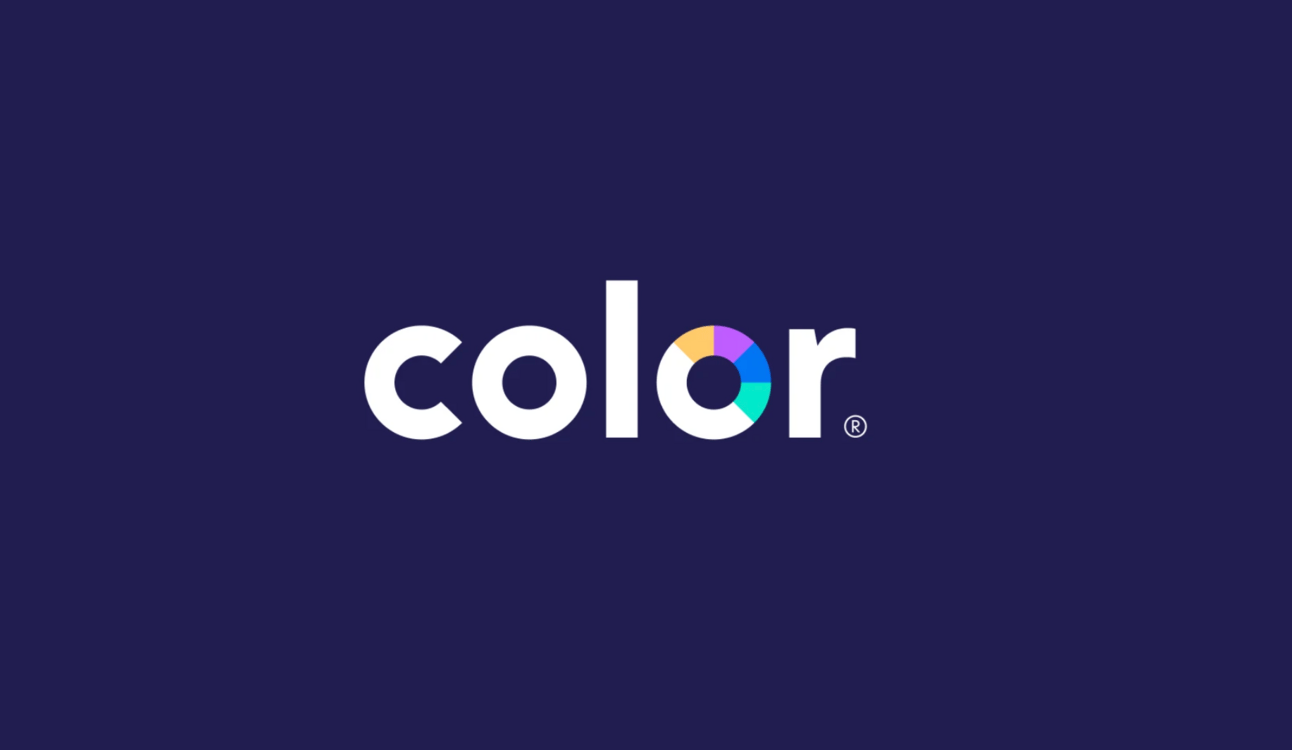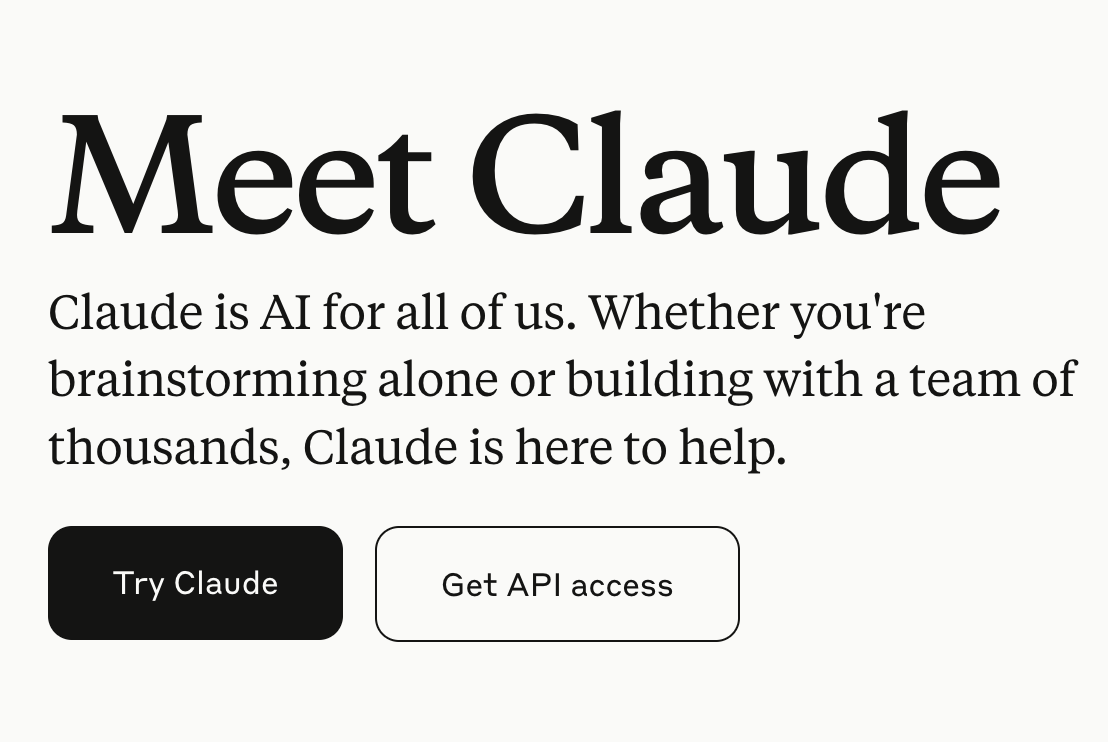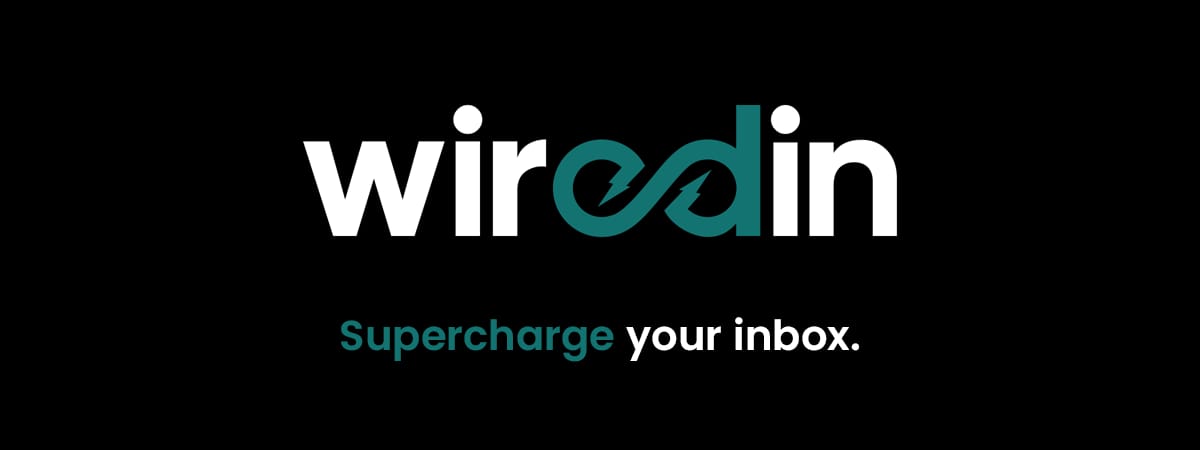- WiredIn
- Posts
- AI Takes On Oncology, Say Hello to Claude 3.5 Sonnet, and Microsoft Harnessing The Sun's Power?
AI Takes On Oncology, Say Hello to Claude 3.5 Sonnet, and Microsoft Harnessing The Sun's Power?
Explore how OpenAI and Color Health is revolutionizing cancer care, Anthropic’s speedy Claude 3.5 Sonnet, and Microsoft’s ambitious fusion energy gamble to power the future of AI.
Welcome, friend.
Allow us to introduce ourselves.
WiredIn is a free newsletter on artificial intelligence, authored by seasoned software engineers, tech entrepreneurs, and investors.
Keep your finger on the AI pulse with the latest news, tools, and actionable insights.
Subscribe today to supercharge your inbox—no outlets needed.
First, OpenAI and Color Health are teaming up to revolutionize cancer care with an AI copilot that’s like having a digital oncologist’s assistant.
Next, Anthropic’s Claude 3.5 Sonnet is here, with twice the speed and five times the cost efficiency of its predecessor, and quirky features like "artifacts" that might just make it your new favorite bot.
And finally, Microsoft’s Fusion Energy Gamble has the tech giant aiming to harness the sun’s, yes, THE SUN’S, power by 2028. This is to fuel AI's voracious energy demands, despite some skeptical physicists calling it a long shot.
Get ready to plug into the week's latest AI news and trends.
LET’S WIRE IN
AI IN HEALTHCARE

Image Source: OpenAI
AI Copilot X Oncology
OpenAI is teaming up with Color Health to bring its GPT-4o model into the healthcare ring. They are creating an AI assistant, or "copilot," to help doctors craft cancer screening and treatment plans.
Originally a genetic testing startup, Color Health’s copilot is here to support, not supplant, the medical pros by smoothing out the planning process.
The Practical Application: This copilot uses patient data and clinical guidelines to tailor cancer screening plans, ensuring doctors aren’t left in the dark about necessary diagnostic tests. It also helps piece together pretreatment plans post-diagnosis, handling imaging, lab tests, and insurance pre-approvals.
Saving One More Life: By reducing treatment delays, which can spike mortality rates, this AI aims for more than just efficiency—it aims to save lives.
Partnership Impact: This venture extends OpenAI's reach into healthcare, following their deal with Moderna to speed up clinical trials. The AI copilot processes tokens via OpenAI APIs to churn out personalized, efficient plans, reducing the paperwork load and burnout among healthcare providers.
“Patients frequently come to primary oncologists with incomplete diagnostic workups, and the time it takes to collate and accurately identify the completion of those workups prevents providers from working at the top of their license.”
Ethical Checks & Future Prospects: While AI takes over mundane tasks, experts underscore the necessity of doctor oversight due to the intricacies of cancer treatment decisions. The technology is currently under trial at UCSF’s Helen Diller Family Comprehensive Cancer Center and shows potential for slashing treatment times.
AI IN TECHNOLOGY

Source: Anthropic
AI's New Brainiac on the Block
Anthropic has launched Claude 3.5 Sonnet, claiming it to be their "most intelligent model yet." Twice as fast and five times cheaper than its predecessor, Claude 3 Opus, this new model is available for free on the web and iOS and accessible to developers.
Michael Gerstenhaber, Anthropic's product manager, describes this as the beginning of a "Cambrian explosion" in AI development.
The Nitty Gritty
Speed & Cost Efficiency: This model is twice as fast and five times cheaper to run than its predecessor, making cutting-edge AI accessible without breaking the bank.
Enhanced Interaction: Users rave about its boosted intelligence and humor, thanks to Anthropic's efforts to give Claude a personality that's both smart and curious about what you have to say.
Artifacts Feature: With this new feature, you can draft documents, generate code, and even design websites in a separate panel next to your chat. It’s like having a virtual assistant who’s also a whiz with Notion or Google Docs, updating your work in real time.
Improved Coding & Transcription: Claude 3.5 Sonnet excels in coding and image transcription, making it a versatile tool for professionals across various fields.
Safety & Ethical Considerations: Despite its advancements, Claude 3.5 Sonnet maintains an 'AI Safety Level 2' rating. It underwent rigorous testing by the UK’s AI Safety Institute and shared results with the US counterpart, confirming it does not pose catastrophic risks.
Staying Current
Anthropic plans to release updated versions of Opus and Haiku later this year, completing the Claude 3.5 model family. This release signifies a significant step in AI innovation, balancing enhanced capabilities with stringent safety protocols.
AI IN ENERGY

Source: Pexels
Powering AI with Atomic Fusion
Hydroelectric Legacy & AI’s Energy Demand: The Columbia River has long been a cornerstone of hydroelectric power in the American West. However, the massive energy needs of the AI revolution are pushing tech giants like Microsoft to explore new, ambitious energy sources.
Microsoft and its partners aim to harness atomic fusion by 2028, a bold claim amid skepticism. Fusion, which mimics the sun’s power, is part of their transition to a green energy strategy.
Experimental Clean-Energy Projects: Tech companies invest in small nuclear reactors and geothermal energy, but these projects have long odds of near-term success. The immediate energy needs are still met by coal and natural gas.
Fusion Challenges
Misleading Green Promises: Critics argue that the tech industry’s clean energy promises often involve misleading calculations. As AI demands grow, the reliance on fossil fuels increases, undermining sustainability goals.
Fusion Skepticism: Microsoft’s partner Helion is questioned about the feasibility of its complex fusion technology. Experts cite heavy technical challenges as reasons for cautioning against expecting commercial fusion by 2030.
Fusion Potential
Fusion's Promise: If successful, fusion could provide a nearly limitless, clean energy source, transforming the landscape and significantly reducing carbon emissions. Advancements in AI could help optimize energy use and speed up the development of new technologies, including clean energy solutions.
Till Our Next Circuit Connects
We look forward to supercharging your inbox. Stay wired for our next edition, and thank you for subscribing!
— The Plug
